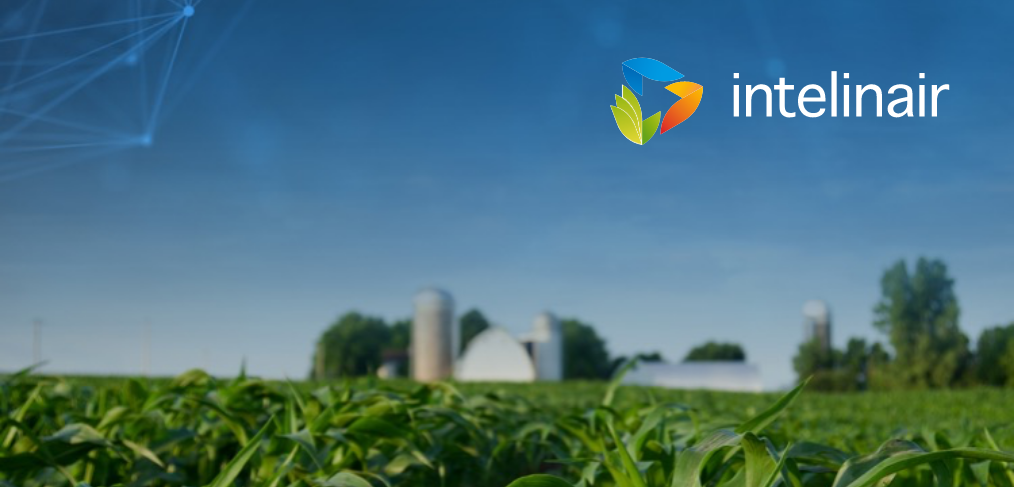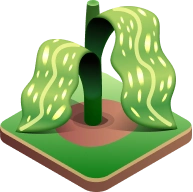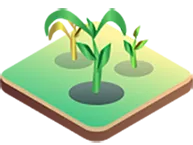
Intelinair CEO Tim Hassinger sat down with the Wabash Heartland Innovation Network (WHIN) to discuss Intelinair’s role as a WHIN Ag Alliance tech partner, why Indiana is a natural choice for our company’s headquarters, and the importance of technology in the agriculture sector.
About Intelinair
Intelinair elevates agronomic management decisions by providing insights all season long to farmers and ag retailers through its easy-to-use interactive platform. High resolution aerial imagery from fixed wing airplane, satellite, or drones provides whole field views increasing efficiency by prioritizing fields and offering assurance that fields are monitored and reviewed for timely decision making and identifying sustainability opportunities. Intelinair analyzes millions of acres in the U.S. and several other countries from its headquarters in Indianapolis, Indiana. Learn more at intelinair.com.
About Hubner Industries, LLC
Hubner Industries, LLC is a family-owned seed production company that was established in 1972. Hubner Industries, LLC produces high quality hybrid seed corn, soybean seed and distribution services for the seed industry. The company manages seed production in some of the most fertile ground in Eastern Illinois and Western Indiana with conditioning facilities in Muncie, Ill. and West Lebanon, Ind. For more information, visit hubnerindustries.com.













